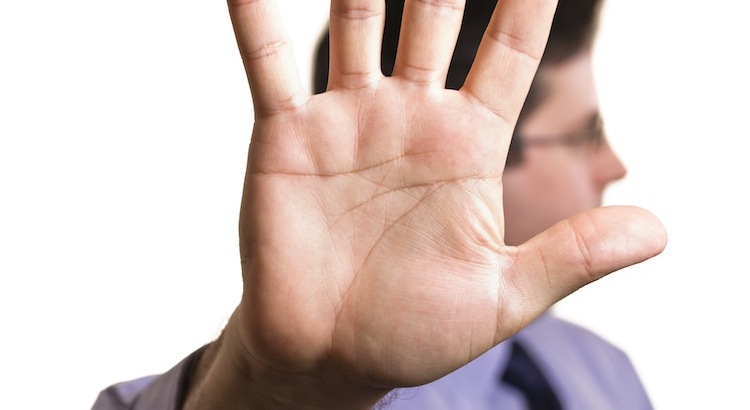Why Do Americans Fail to Receive Substance Treatment?

Substance treatment is the umbrella term for all of the means available to help people affected by some form of substance use disorder (substance abuse and/or substance addiction). Millions of Americans require such treatment each year. However, many people never receive the help they need.
In a report released in September 2014, researchers from the U.S. Department of Health and Human Services’ Substance Abuse and Mental Health Services Administration (SAMHSA) outlined some of the principle reasons why Americans with serious substance problems fail to receive proper treatment for their condition.
About Substance Treatment
Broadly speaking, active substance treatment begins when a person affected by substance abuse/addiction suspends use of the substance in question and completes a period of detoxification that gives the substance time to leave the body. However, some treatment programs follow a harm reduction-centered approach that doesn’t require participants to completely stop using drugs or alcohol.
Common components of active treatment include substance-specific medications and psychotherapy or counseling. Medication helps affected individuals cope with the most unpleasant aspects of substance withdrawal and may also further additional treatment goals such as a restoration of normal brain activity and a reduction of the drug cravings that often contribute to instances of substance relapse.
Psychotherapy and counseling can also help program participants deal with withdrawal and cravings. These approaches can also help participants understand their substance-using behaviors, increase their level of compliance with program guidelines and establish new, substance-free daily routines.
Substance treatment can take place in a range of settings, including a specialized inpatient or outpatient facility, a hospital or other non-specialized facility, or a jail or prison. Factors that influence the treatment setting include the severity of the individual’s substance problems, the individual’s financial resources and access to insurance and the individual’s standing with the criminal justice system.
How Many People Receive Substance Treatment?
SAMHSA uses a yearly project called the National Survey on Drug Use and Health (NSDUH) to track the number of people in the U.S. who need and receive treatment for substance use disorder. According to the most recent results of this survey, 22.7 million American preteens, teenagers and adults had symptoms that merited entry into substance treatment at some point in 2013.
Unfortunately, only roughly 2.5 million of these people actually received care from a program that specializes in substance-related issues. Of the remaining 20-plus million people who did not receive specialized care, close to a million thought they needed help. Slightly more than a third of the individuals not enrolled in a specialized program who thought they needed substance treatment made active attempts to enter such treatment.
Why People Aren’t Receiving Substance Treatment
In addition to tracking the number of people who fail to receive substance treatment, NSDUH asks survey respondents who think they need such treatment to identify the reasons why they didn’t enter a suitable program. Instead of reporting reasons given in a single year, the 2013 version of the NSDUH reports reasons given from 2010 to 2013.
The number one reason given for lack of substance program enrollment was a lack of insurance and/or an inability to pay for treatment; 37.3 percent of the survey respondents gave this reason. Another 24.5 percent of the respondents attributed their lack of program enrollment to a current unwillingness to stop using drugs and/or alcohol. Nine percent of the survey respondents were unsure where to turn for substance treatment, while 8.2 percent attributed their lack of enrollment to inadequate health insurance that didn’t cover the expense of program entry. Finally, 8 percent of those individuals who felt they needed substance treatment but didn’t enter treatment attributed their situation to the inconvenience of program participation and/or lack of the means to travel to the location of a suitable program.
According to SAMHSA, access to an appropriate treatment program is critical for recovery from any form of substance use disorder. The organization publishes data on the lack of treatment enrollment, in part, to underscore this fact and make the case for wider treatment availability. The NSDUH figures don’t specify the outcomes for the roughly 19 million Americans affected by serious substance problems who don’t currently self-perceive the need to enter a substance treatment program.
Article Categories
- 12 Steps
- Addiction in the Family
- Addiction Infographics
- Alcohol Addiction
- Articles
- Drug Addictions
- Drug Rehab Center News
- Helpful Articles
- Holidays & Substance Abuse
- Mental Health & Addiction
- Real Life Addiction Stories
- Recovery Testimonials
- Relapse Prevention
- Substance Abuse Prevention
